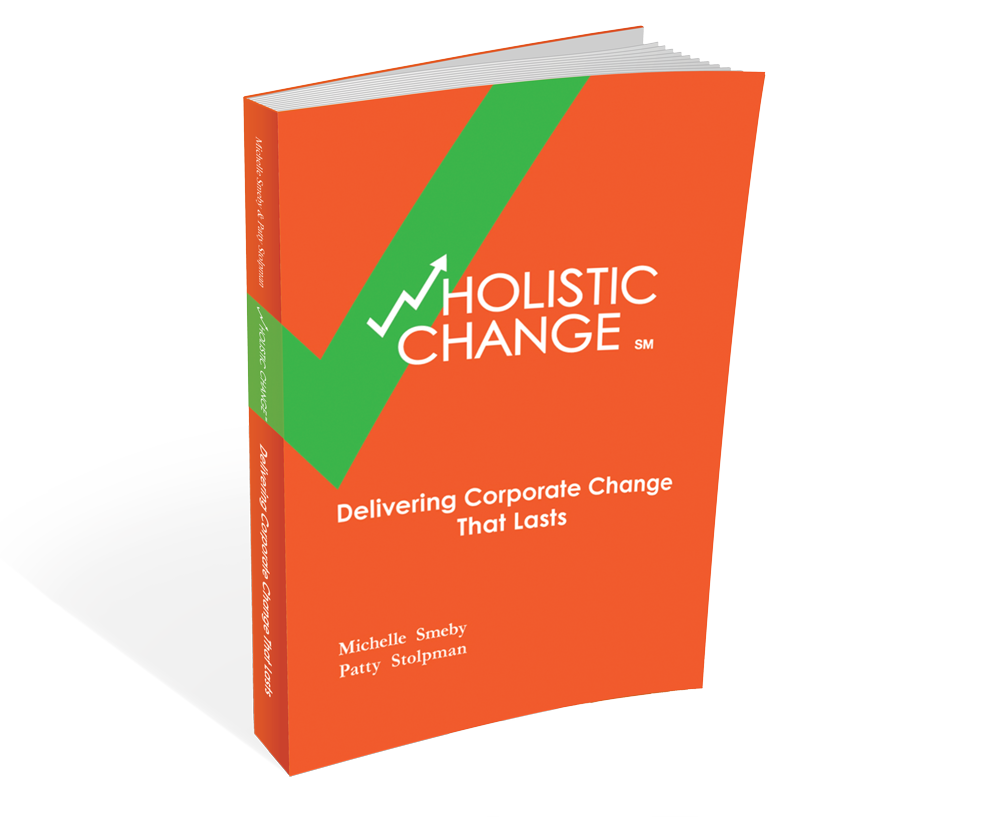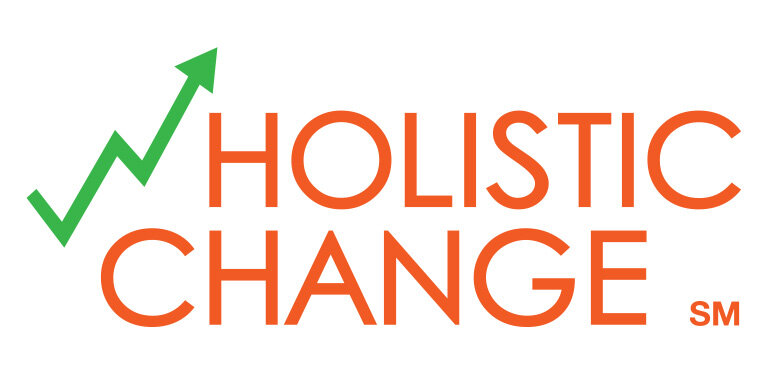The role names of Stakeholder and Owner are very close in meaning, and are often used interchangeably. When we were looking at the wHolistic Framework diagram earlier, we were trying to identify all of the stakeholders -- essentially, all of the impacted parties. So, think “stakeholder” in terms of impacted party from a general perspective. In our framework example, Marketing is a stakeholder.For each stakeholder, a person needs to be identified as the Owner, who will be the voice of that stakeholder, and who will be responsible for actively participating as a member of the change team. The Owner has a lot to do with the success of the change effort.They need to make sure that the Facilitator has heard what they have to say, that the Integrator has fully understood what they need and has included their needs in the big picture definition, that the Communicator has gotten the message out to all of the stakeholder population, that the Sponsor has provided all of the resources needed, and perhaps most importantly -- the Owner needs to govern the on-going operations after the change has happened.When Subject Matter Experts from inside the stakeholder groups are needed, the Owner identifies the people with the right knowledge who can speak for their group. The Owner also identifies the Change Agents from within their organization and gets them engaged. Michelle's post about Change Agents points out how important this role is, and how important finding the right people for this role can be -- think passion!The Owner’s role may be a bit different, depending on whether their stakeholder is on the receiving or the driving end of the change. But either way, the Owner will be on the hook for advocating for their stakeholder's perspective, implementing the change and making sure it survives and thrives!

